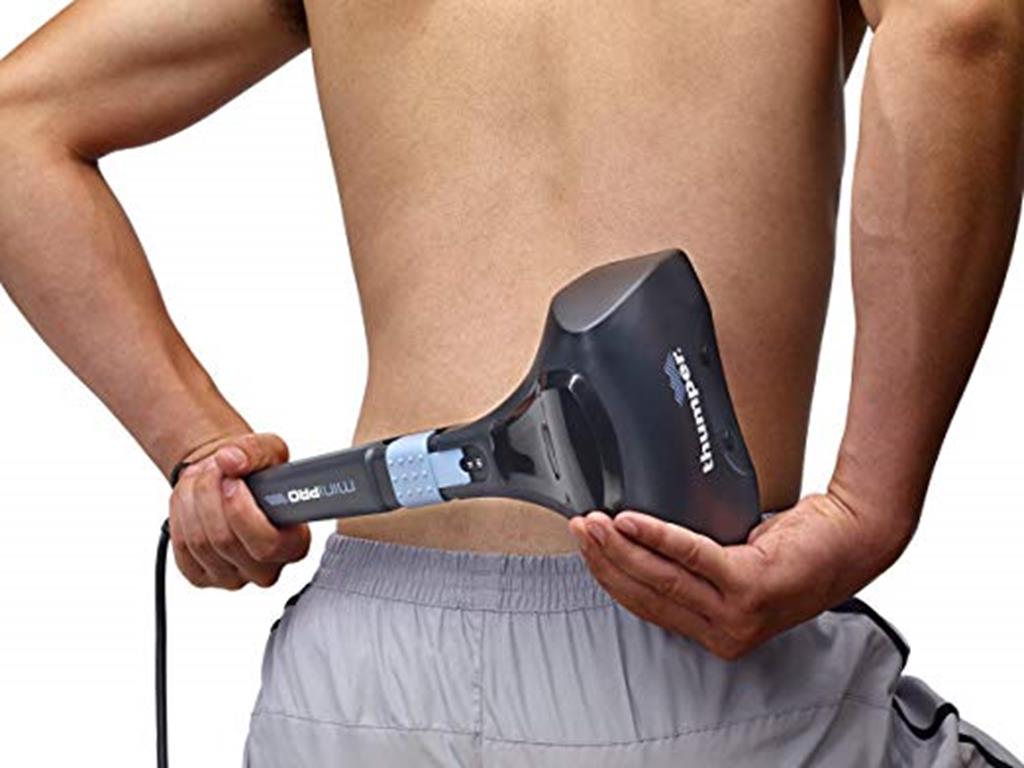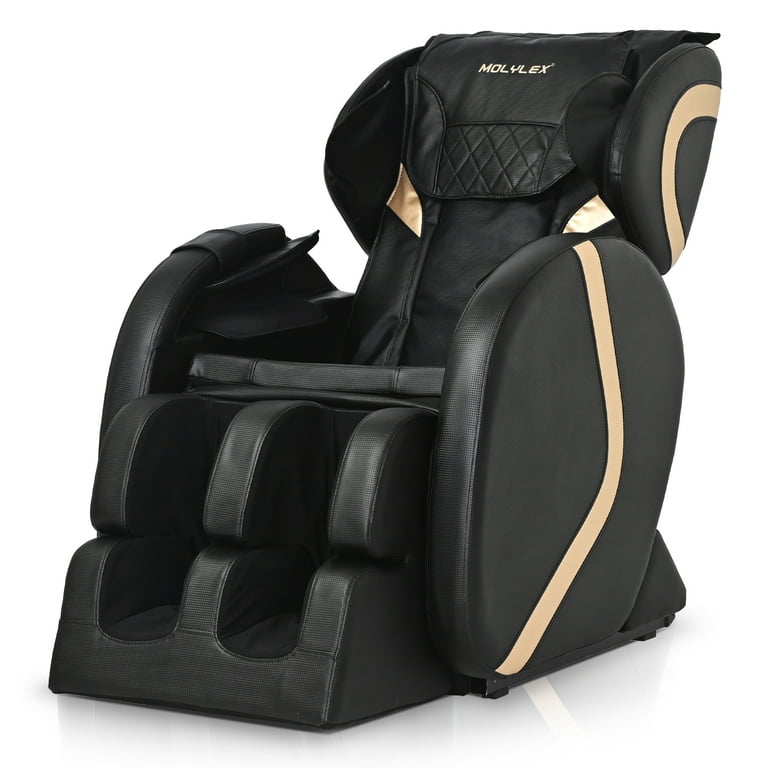Yes, a massage chair can make you sore if it’s used with excessive force or for extended periods. Soreness typically results from intense pressure on deep muscle tissues.
Massage chairs are designed to mimic the pressure and movements of a traditional massage, providing relief and relaxation for tired muscles. However, it’s common for users to experience some level of soreness, especially after the first few sessions or when utilizing more intense massage settings.
This soreness occurs as the chair’s rollers and massagers work through knots and tension, potentially causing temporary discomfort similar to that experienced after a strenuous workout. It’s important to select the right settings on your massage chair and to limit sessions to an appropriate duration to minimize the risk of soreness while still reaping the benefits of muscle relaxation and improved circulation.
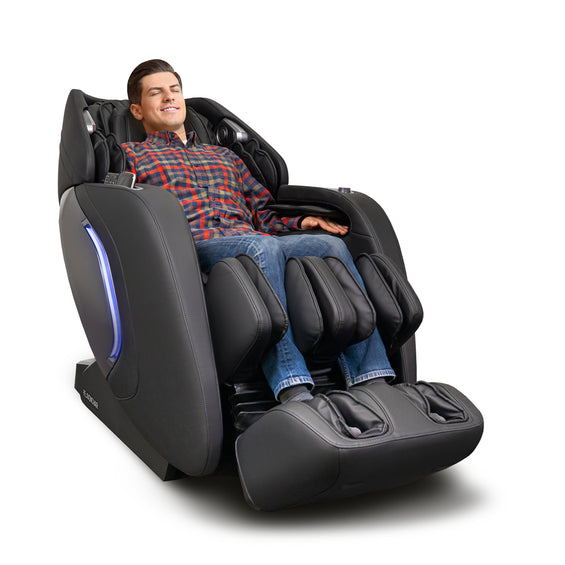
Credit: relaxonchair.com
The Mechanics Of Massage Chairs
Massage chairs are popular tools for relaxation and relief. They use various mechanisms to simulate manual massage techniques. These chairs aim to provide a range of motions that can mimic human touch. Some people may experience soreness after using a massage chair. This soreness is often a result of the chair’s massage techniques working on tense muscles.
Variety Of Massage Techniques
Different chairs offer unique sets of massage techniques. Here’s a list of common ones:
- Kneading: Rolls and stretches muscles for deep relief.
- Shiatsu: Targets pressure points to release tension.
- Rolling: Glides up and down the spine to realign and relax.
- Tapping: Mimics a percussive, tapping motion to invigorate the body.
- Vibration: Gentle to intense vibrations to stimulate circulation.
Adjustability And User Settings
Personalization is key to a comfortable massage experience. High-quality chairs offer adjustments for:
| Feature | Adjustability |
|---|---|
| Intensity | Levels from light touch to deep pressure |
| Speed | Slow to fast massage strokes |
| Positioning | Targets specific body areas |
Users can also set duration and programs for their sessions. Advanced chairs save these preferences for future use.
Common Myths About Massage Chairs
Many people believe massage chairs can lead to soreness. It’s time to debunk the myths about these relaxing devices.
Misconceptions Of Pain And Discomfort
Let’s set the record straight:
- Massage chairs cause pain: Untrue! Proper use should not hurt.
- Stronger pressure is harmful: Not quite. Your body may just be unfamiliar with the sensation.
- Only for injury recovery: Wrong. They’re great for daily relaxation too.
Long-term Versus Temporary Effects
Irritation post-use might worry you. It’s simply the body adjusting. Here’s the truth:
- Muscles may feel tender initially. It’s normal.
- This tenderness is often temporary.
- Regular use usually leads to comfort and well-being.
Understanding Soreness Post-massage
A sense of soreness after a massage session might surprise you, especially when expecting relaxation. But worry not – it’s a common occurrence. Let’s delve into why this happens and how to differentiate between the normal and the concerning signs of soreness.
Normal Responses To Deep Tissue Stimulation
When a massage chair kneads deeply into muscles, it stirs up tissues seldom engaged. Think of it like exercise; post-workout soreness is a natural reaction. Similarly, massage can evoke a ‘healing ache’ which typically indicates your body is repairing and adjusting.
- Mild Discomfort: Usually fades within 24 to 48 hours.
- Tightness: A feeling of ‘worked’ muscles, similar to after a workout.
- Redness or Warmth: Increased blood flow can cause this temporary reaction.
Differentiating Good Pain From Bad Pain
Not all pain is created equal. Good pain is dull and sore, a sign of healing. Bad pain, on the other hand, is sharp and immediate, indicating something isn’t right. Trust your body’s signals; discomfort should lessen, not intensify.
| Good Pain | Bad Pain |
|---|---|
| Soreness that decreases over time | Sharp pain that persists or worsens |
| Feeling of relief once the soreness fades | Continuous discomfort without relief |
| Localized to areas receiving massage | Spreads beyond the massage area |
If pain persists or becomes sharp, seek professional advice promptly.

Credit: infinitymassagechairs.com
Factors Contributing To Soreness
Many people find relief and relaxation through massage chairs. Others may experience soreness post-massage.
Understanding why a massage chair can cause soreness is crucial to maximizing its benefits.
Intensity And Duration Of Massages
The settings on your massage chair can play a big role in how you feel after a session.
- High-intensity settings can lead to muscle soreness, especially if you are not used to deep tissue massages.
- Long sessions might overstimulate the muscles, resulting in discomfort or soreness afterward.
Adjusting the intensity and length can help reduce the risk of becoming sore.
Pre-existing Conditions And Sensitivity
Personal health factors also influence how your body reacts to a massage chair.
- Individuals with pre-existing muscle conditions might find that massages exacerbate their soreness.
- A higher sensitivity to pressure can make a standard massage setting too intense for some users.
It’s crucial to consider your physical condition when using a massage chair.
Maximizing The Benefits Of Your Massage Chair
Imagine coming home to a soothing retreat every day. That’s the promise of a massage chair, but like any sophisticated piece of technology, you need to use it correctly to reap the full rewards. Let’s explore how you can avoid soreness and truly maximize the relaxation benefits of your massage chair.
Optimizing Massage Settings For Relaxation
Every massage chair offers a suite of settings that can be tailored to your needs. Using the right settings is key to a blissful experience.
- Start slow: Begin with gentle pressure and low intensity to warm up your muscles.
- Choose the right program: Pick a massage type that suits your current state. For instance, a ‘Stretch’ program for loosening up or a ‘Soft’ technique for general relaxation.
- Adjust the rollers: Position them to target your sore spots without causing discomfort.
- Control the speed: Increase the speed gradually as your muscles relax more deeply.
Remember, each session should be a soothing experience. Listen to your body and adjust the settings accordingly.
Implementing Rest Periods And Hydration
Scheduling rest and staying hydrated are critical to avoiding soreness post-massage.
| Rest Strategy | Hydration Tips |
|---|---|
| Space out sessions: Allow your body time to recover between massages. | Drink water: Hydrate before and after your massage to help flush out toxins. |
| Short sessions: Limit massages to 15-30 minutes, especially if you’re new to it. | Avoid alcohol: This can dehydrate you and increase soreness. |
By interspersing rest days and ensuring you drink plenty of water, your muscles recover better, and you enhance the chair’s benefits. It’s essential to give your body time to process the massage’s effects.
Overall, achieving the sweet spot with your massage chair involves a combination of the right settings and good practices like rest and hydration. Embrace these tips and your massage chair will go from being just a seat to an oasis of relaxation.
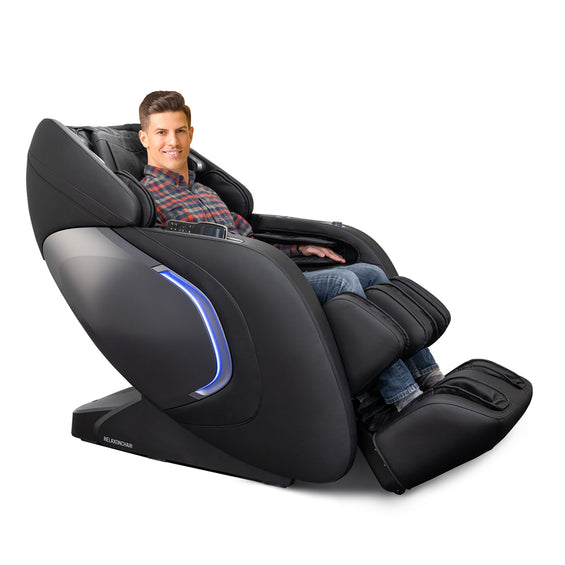
Credit: relaxonchair.com
When To Seek Professional Advice
The joy of unwinding in a massage chair might sometimes be accompanied by unexpected muscle soreness. It’s important to distinguish between natural discomfort and signs that may necessitate professional advice. Knowing when to seek help can prevent injury and ensure your well-being.
Recognizing Signs Of Muscular Injury
Muscle aches after using a massage chair can be normal, especially for first-time users or after an intense session. But, soreness should fade, not worsen.
- Persistent pain lasting over two days
- Swelling or redness in massaged areas
- Limited mobility that disrupts daily activities
- Sharp or severe pain that comes suddenly
- Signs of bruising on the skin
If these symptoms occur, they could hint at a muscular injury. Overlooking such signs might lead to long-term issues.
Consulting Healthcare Professionals
Speaking with a healthcare provider is essential if symptoms of a muscular injury arise. They can offer tailored advice and treatment options.
| Provider | Role |
|---|---|
| General Practitioner | Assesses general health and directs to specialists |
| Physiotherapist | Focuses on movement and function restoration |
| Massage Therapist | Identifies soft tissue issues and offers manual therapy |
Use these resources wisely to ensure safe and beneficial massage chair experiences.
Frequently Asked Questions On Can A Massage Chair Make You Sore
Can Massage Chairs Cause Muscle Soreness?
Massage chairs can occasionally lead to muscle soreness, particularly if your body is not accustomed to deep tissue massages or if you use the chair for extended periods. This soreness should diminish over time as your muscles adapt.
How Long Does Soreness Last After Massage Chair Use?
Typically, any soreness experienced after using a massage chair should subside within 24 to 48 hours. Consistent use usually leads to a reduction in discomfort as your body adjusts to the therapy.
What Intensity Level Should A Massage Chair Be Set At?
Start with a lower intensity and gradually increase it as your comfort level improves. Each individual’s tolerance varies, so it’s essential to listen to your body and avoid settings that cause pain.
Is It Normal To Feel Pain After Using A Massage Chair?
While some discomfort can be normal, particularly for new users, pain should not be a persistent experience. If you feel pain, consider decreasing the intensity or duration of massage chair sessions.
Conclusion
To sum up, massage chairs offer numerous benefits, but they can also lead to soreness, especially for beginners. Moderation is key. Listen to your body’s signals, and adjust usage accordingly. By doing so, you can enjoy the relaxation and therapeutic advantages without discomfort.
Always consult with a professional for tailored advice.
 7 Best Magnetic Spin Bikes of 2025 ( Buying Guide )
7 Best Magnetic Spin Bikes of 2025 ( Buying Guide ) 7 Best Upright Exercise Bike Reviews In 2025 (Buying Guide)
7 Best Upright Exercise Bike Reviews In 2025 (Buying Guide) 10 Best Yoga Mat For Sweaty Hands In 2025
10 Best Yoga Mat For Sweaty Hands In 2025 6 Best Macebell In 2025 ( Top Picks With Buying Guide )
6 Best Macebell In 2025 ( Top Picks With Buying Guide )
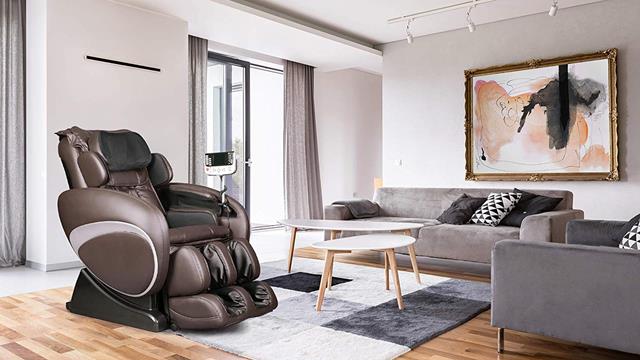
 15 Best Massage Chairs For 2025 (Reviews & Buyer’s Guide)
15 Best Massage Chairs For 2025 (Reviews & Buyer’s Guide) 